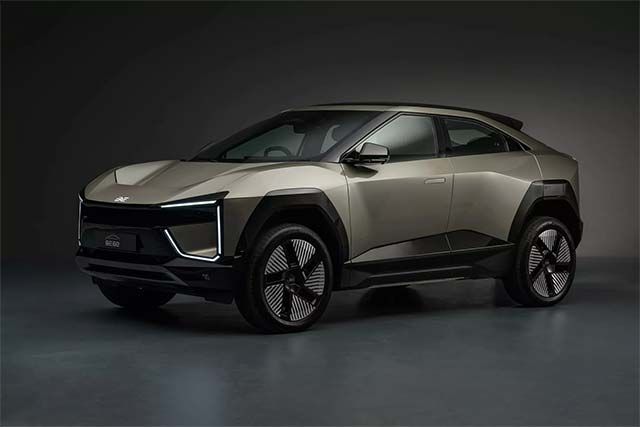Let’s be real—American roads are a different beast. Wide highways, long distances, pothole-riddled city streets, extreme climates, and a love for bigger-is-better vehicles make the U.S. car market totally different from Europe or Asia.
What works on Germany’s Autobahn or Japan’s tight city streets can fall apart—literally or metaphorically—on I-95 or Route 66. And while flashy imports often grab headlines, some cars just aren’t made to survive the demands of daily American driving.
On the flip side, certain vehicles feel like they were tailor-made for this turf—durable, comfy, fuel-efficient (or at least fuel-capable), with enough muscle or room to not feel out of place.
So, which ones actually fit the bill? We’re cutting through the noise to give you five cars that genuinely “get” the U.S. road experience—and five that absolutely don’t.
Whether it’s lack of ground clearance, underpowered engines, sketchy parts availability, or just bad value for money in the U.S. market, some rides are more trouble than they’re worth.
If you’re tired of reviews that feel like press releases and want real-world insight, you’re in the right place. Here’s a no-fluff breakdown of the winners and the misfits, all based on how they really hold up on U.S. soil.
5 Cars That Are Truly Built for U.S. Roads
These five cars hit the sweet spot for what U.S. drivers need—long-haul comfort, power, space, and ruggedness. They can take on highways, cities, and backroads without making you want to scream. If you’re driving across states or just running errands, these are the workhorses worth having.
ALSO READ: 5 Reliable Cars for First-Time Owners and 5 That Drain Bank Accounts
1. Toyota Highlander
You see these everywhere, and for good reason. The Toyota Highlander just nails it for American roads. It’s not too big like a Suburban, but still offers three rows, solid cargo space, and great safety features. It’s the perfect middle ground. Comfortable for long trips, with a suspension that eats up highway miles, and it doesn’t feel clunky in tight spots.
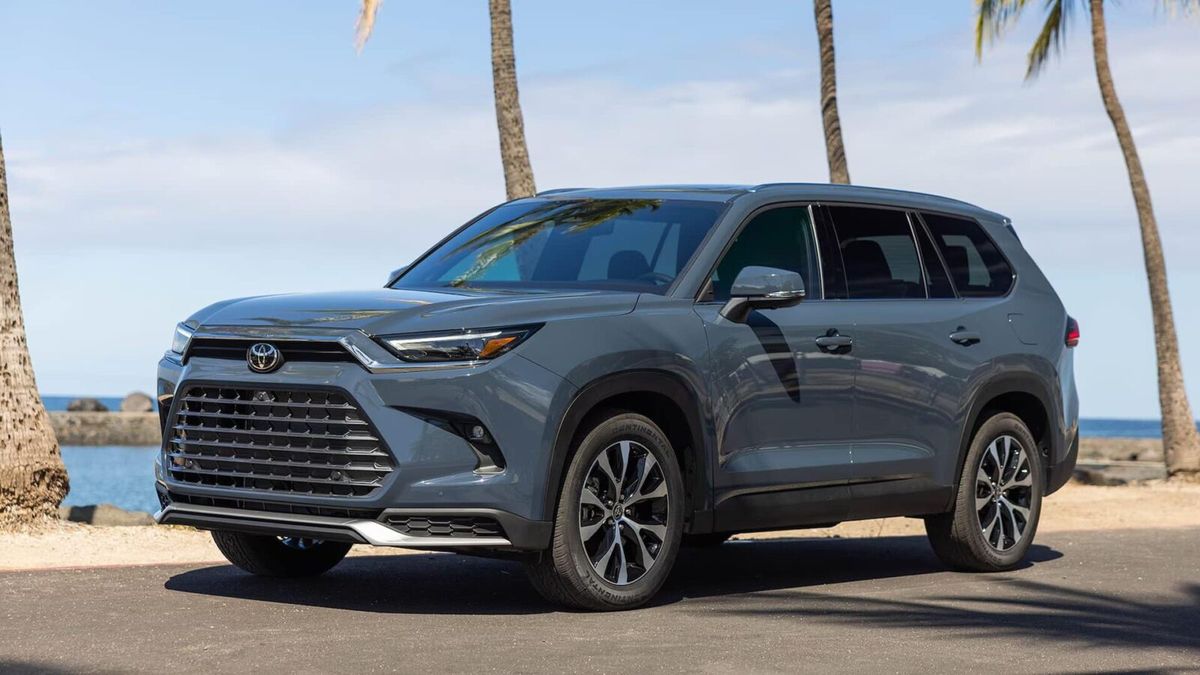
It also comes in AWD, which is a lifesaver if you’re dealing with snow or live in a rural area. Gas mileage isn’t Prius-level, but it’s decent for its size, and the hybrid version actually gives you a break at the pump. Toyota’s reliability is another huge selling point—this SUV will probably last longer than your mortgage if you treat it right.
What makes it extra U.S.-friendly? Toyota builds a bunch of Highlanders in Indiana. That means it’s easier and cheaper to get parts or service. It also means they’ve been designed with American customers in mind, unlike some global models that get awkward tweaks for U.S. release.
This is a family hauler, a road trip cruiser, and a day-to-day champ all in one. If you want something that just works—and keeps working—on American roads, the Highlander is a no-brainer.
2. Ford F-150
It’s the best-selling vehicle in the U.S. for a reason. The Ford F-150 is built with American roads in mind—more specifically, for owning them. Whether you’re in Texas hauling trailers or in Minnesota navigating winter roads, the F-150’s versatility and strength have made it the king of trucks.
It’s built for size, comfort, and brutal tasks. You’ve got engine options that range from reasonable to absolute overkill (looking at you, Raptor), and towing capacity that makes most SUVs cry. It’s also surprisingly tech-forward—Ford’s infotainment and driver assistance features are on point, especially in the newer models.
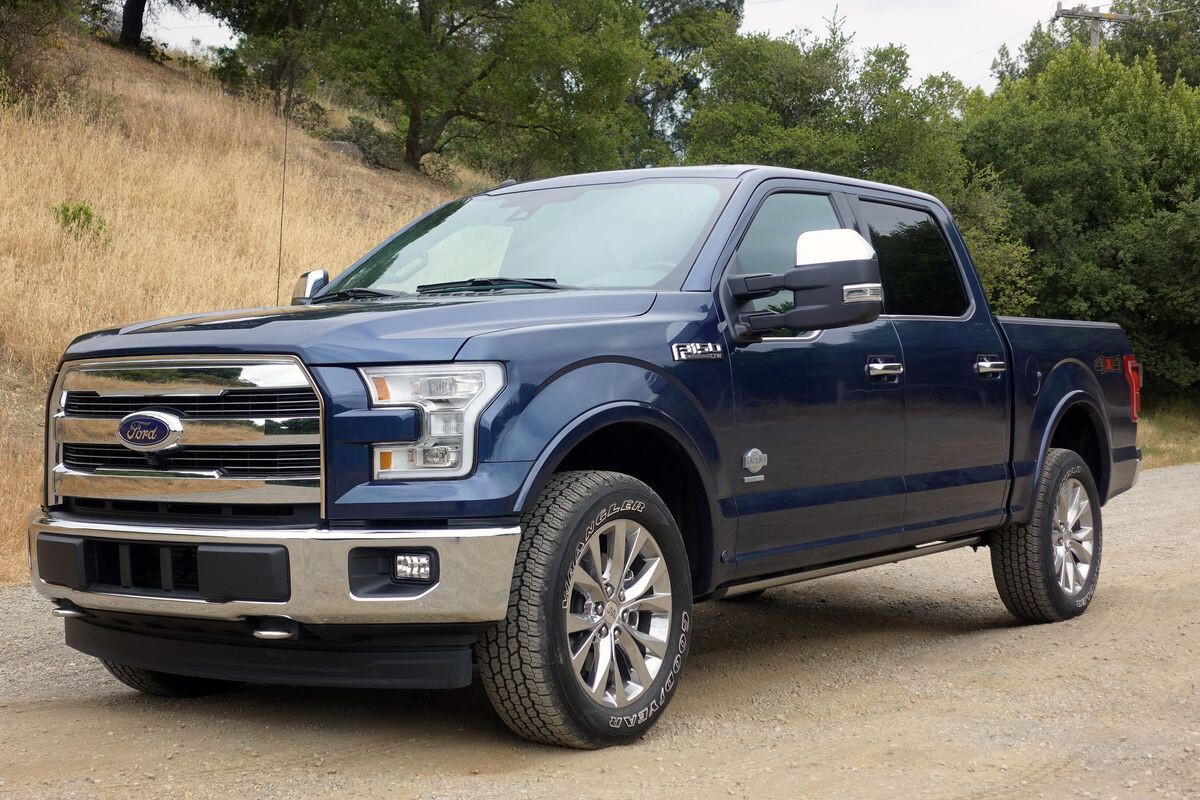
This truck handles long distances like a champ. You can be driving for hours and still feel like you just left your driveway. Interior quality has improved big time over the years, especially in the Lariat and higher trims, which feel more luxury vehicle than a workhorse.
What really makes the F-150 shine on U.S. roads? Space. We’ve got wide lanes and big parking spots—use them. It’s also durable enough for bad roads, which we have plenty of. And if something goes wrong? There’s a Ford dealer in almost every town. You won’t be stranded.
3. Honda CR-V
If the Highlander is the family SUV sweet spot, the Honda CR-V is its slightly smaller, more fuel-efficient sibling that still feels perfect for America. The CR-V is practical to the core. It’s built for everyday life—commutes, grocery runs, weekend getaways. Nothing flashy, but super reliable.
The CR-V has plenty of room, both for passengers and cargo. Rear seats are adult-friendly (which can’t be said for all compact SUVs), and there’s space in the trunk for a Costco run without folding anything down. It handles well, with just enough pep for highway merging and city driving without guzzling gas.
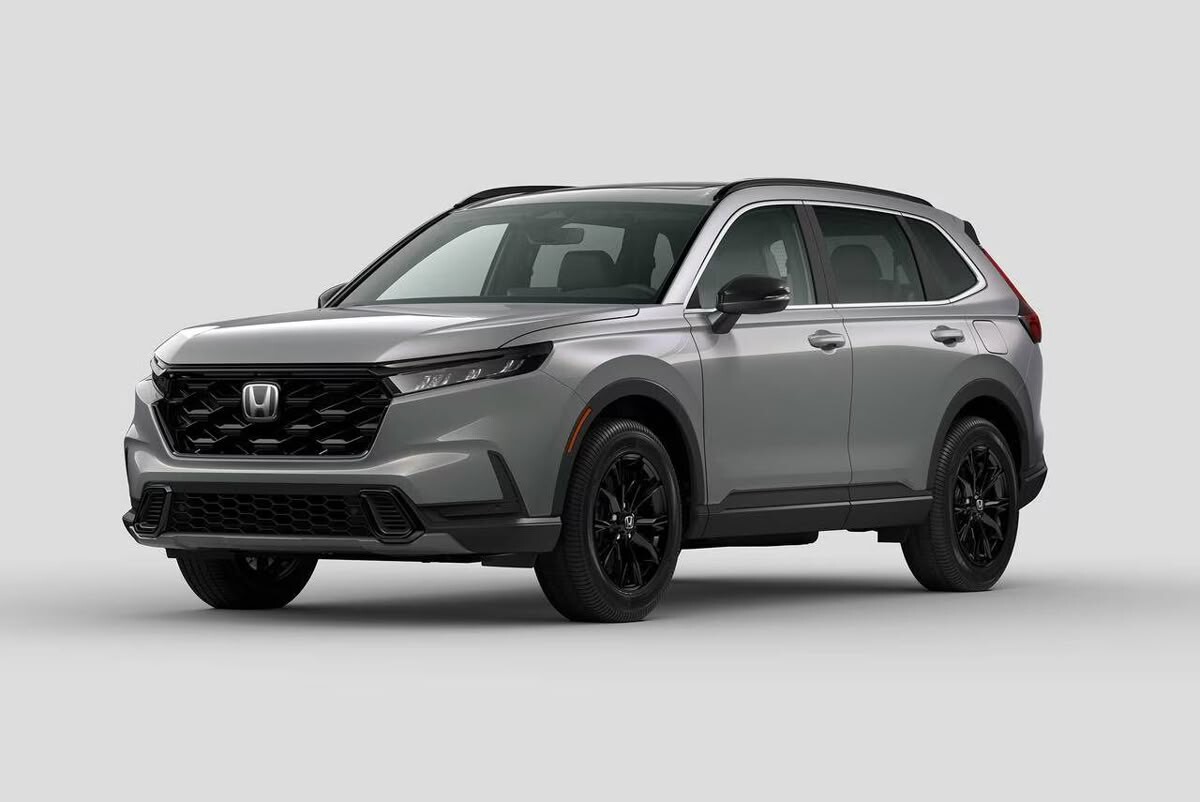
The hybrid version is solid too. It bumps fuel efficiency up without killing performance. Honda also nails the little things—like cabin layout, storage spaces, and visibility. You always feel like everything is where it should be.
It’s great in all seasons, especially with AWD. And like Toyota, Honda has a rep for longevity. There are CR-Vs from 15 years ago still rolling around in solid shape. On top of that, maintenance costs are low, and you’re never too far from a Honda service center.
For the average American road—be it pothole city streets or long, boring interstates-the CR-V just gets the job done.
4. Chevrolet Tahoe
If you’ve got a big family or just love driving a tank, the Chevy Tahoe is about as American as it gets. This SUV doesn’t mess around. It’s built like a fortress, handles like a truck, and seats up to nine people depending on the setup. Big families, road-trippers, and anyone pulling a boat or trailer will feel right at home.
The Tahoe’s V8 engines give you all the grunt you need. It’s not trying to be a performance machine—it’s about capability. You can haul heavy stuff, go off-road if needed, and still be comfortable. It also sits high, which helps a lot with visibility, especially on poorly maintained rural roads.
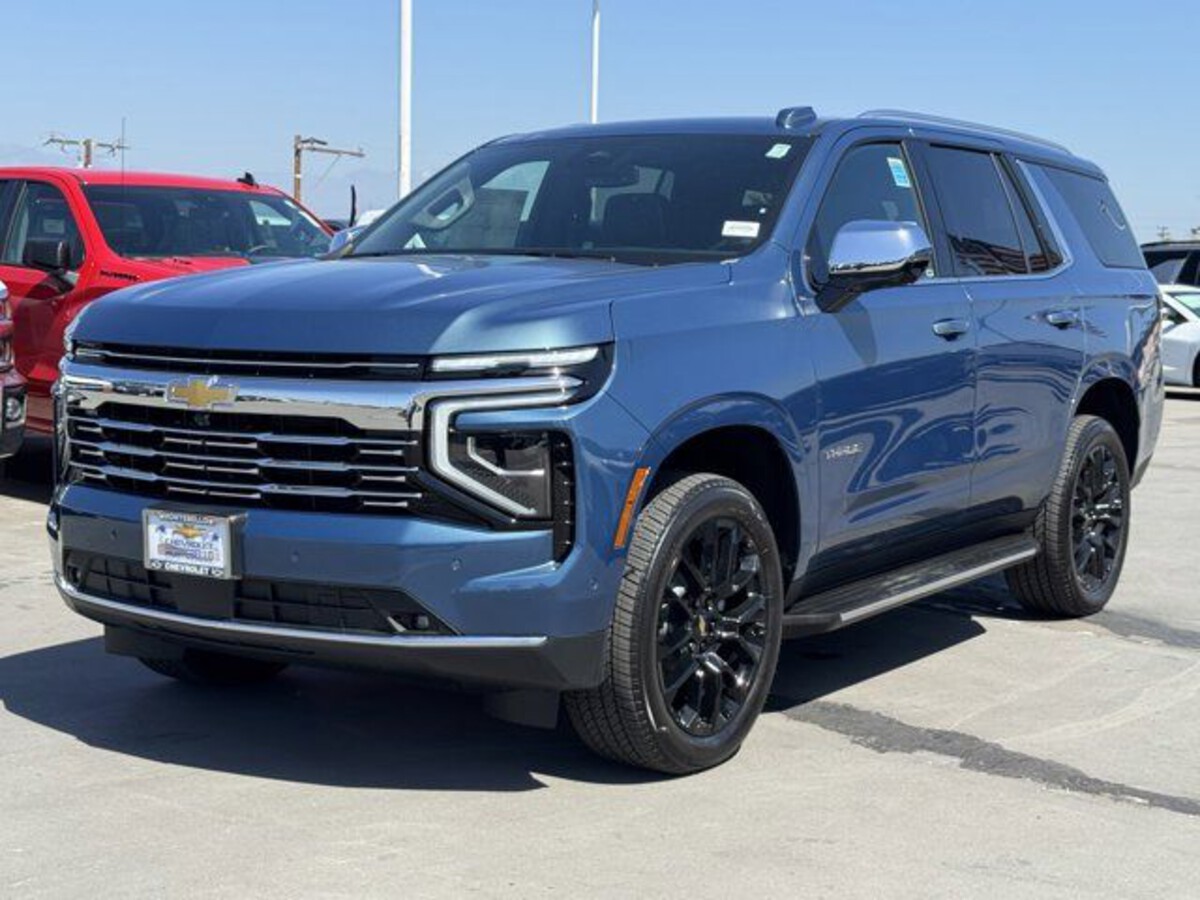
Inside, the newer models feel way more refined than older generations. Plenty of tech, lots of USB ports, solid infotainment, and a ton of cup holders (very important, honestly). There’s a reason law enforcement uses them—it’s a beast that holds up over time.
Fuel economy isn’t amazing, but if you’re buying a Tahoe, you already know what you’re signing up for. And parts? Easy to find. This is a made-in-America staple with a ton of aftermarket and repair support.
5. Subaru Outback
The Outback is what happens when a wagon and an SUV have a very sensible, rugged baby. Subaru nailed the formula with this one, especially for drivers dealing with iffy weather or dirt roads. It’s popular in places like Colorado and the Pacific Northwest for a reason—it thrives where the pavement ends.
It’s got legit AWD, not the watered-down “kind of AWD” you find in some crossovers. That means better traction in snow, rain, mud, and gravel. Add solid ground clearance, and you’ve got a car that’s comfy in the city but doesn’t panic when you head off the main road.
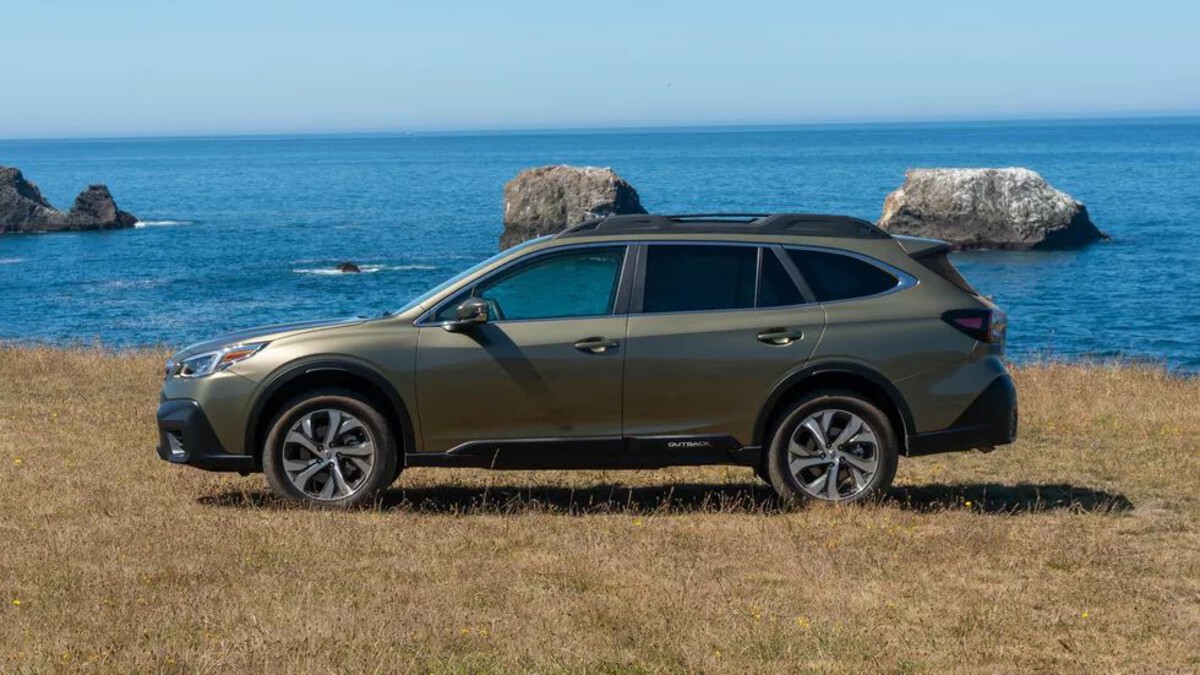
The interior is smartly designed. Not luxurious, but roomy and practical. You’ve got plenty of cargo space, even for road trips or gear-heavy hobbies. Subaru also includes a bunch of safety tech standard, like EyeSight driver assist, which is great for long highway drives.
Gas mileage is decent, especially compared to full-size SUVs, and while it’s not the fastest thing on the road, it’s consistent and dependable. If you want something that fits in with your Subaru-driving neighbors but still handles the chaos of American road conditions, the Outback is a solid call.
5 Cars That Aren’t Built for U.S. Roads
Not every car fits the American vibe. Some are too small, underpowered, unreliable, or just impractical for our road conditions and driving culture. These five might work elsewhere, but they don’t cut it here, either because of cost, comfort, or how they crumble under U.S. expectations.
ALSO READ: 5 Cars With Real Use Case and 5 That Are Just Marketing
1. Fiat 500
Look, the Fiat 500 is cute. No denying it. But on American roads, it’s a clown car. It’s great in Italian cities where the streets are the size of hallways, but once you put it on a U.S. highway next to an F-150 or a Tahoe, it feels like you’re in a Matchbox car.
Its engine is tiny and struggles at highway speeds, especially with more than one passenger. The ride is bouncy on anything but smooth pavement, and U.S. roads—let’s be honest—are not known for being smooth. Potholes feel like sinkholes when you’re riding this low and light.
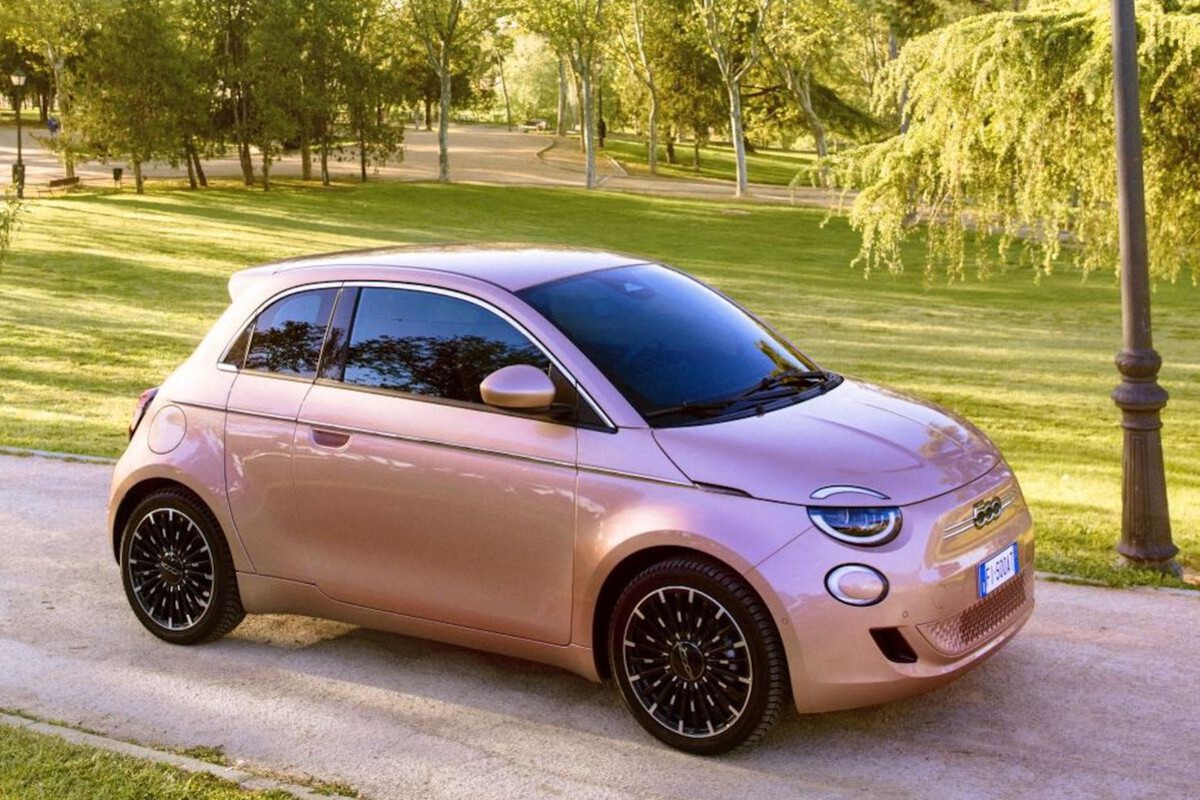
Then there’s the reliability factor. Fiat doesn’t have the best rep for long-term durability. Add to that a limited number of service centers and expensive parts, and it turns into more of a hassle than it’s worth.
The Fiat 500 just doesn’t hold up here. It’s cramped, underpowered, and not built for long commutes or weekend road trips. Cute for city zipping, sure, but there are better small cars out there that won’t make you pray every time you merge onto the freeway.
2. Smart Fortwo
The Smart Fortwo has “Europe-only” written all over it. It’s adorable and efficient in theory, but in reality? It’s a nightmare on U.S. roads. First off, the size. It’s too small to feel safe when sharing lanes with trucks and SUVs, which make up the majority of vehicles here.
Driving it on a freeway is stressful, not relaxing. It gets pushed around by wind, struggles to keep up with traffic, and honestly feels more like a novelty than a real vehicle. Sure, it’s easy to park—but how often is parking that hard outside of a few cities?
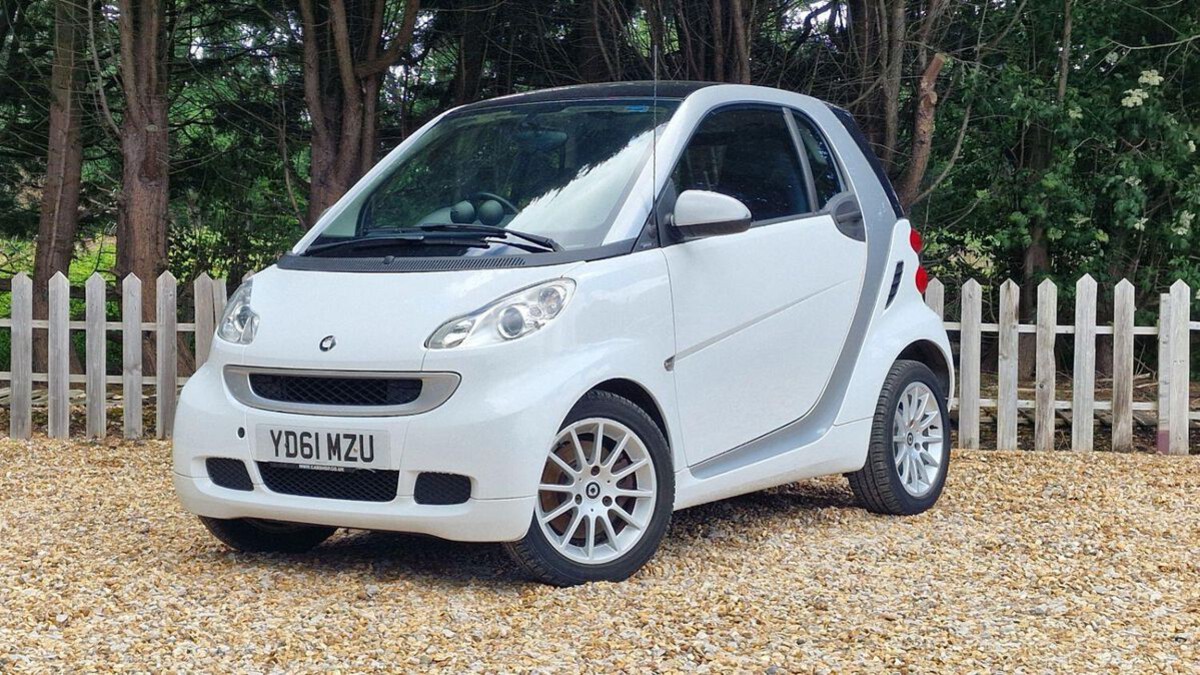
Add to that a lackluster powertrain and weird handling, and you’re basically in a glorified golf cart. Not to mention, the U.S. has pretty limited support for Smart vehicles in terms of service and parts. And now that Smart has mostly pulled out of the U.S. market? You’re looking at something closer to an orphaned brand.
Fuel efficiency is decent, but not groundbreaking enough to make up for all the compromises. The Fortwo isn’t built for long distances, high speeds, or bad weather—all things U.S. drivers deal with regularly.
3. Renault Duster
The Renault Duster isn’t officially sold in the U.S., and for good reason—it’s not built for this market. It’s a budget SUV that’s decently rugged and affordable in countries like India, Russia, and Brazil. But if it were dropped on American roads? It’d feel wildly out of place.
The interior quality is subpar compared to what U.S. buyers expect. Materials feel cheap, infotainment is clunky, and safety features are bare-bones. In a market where even base-trim Civics come loaded with driver assist tech, the Duster would be a hard sell.
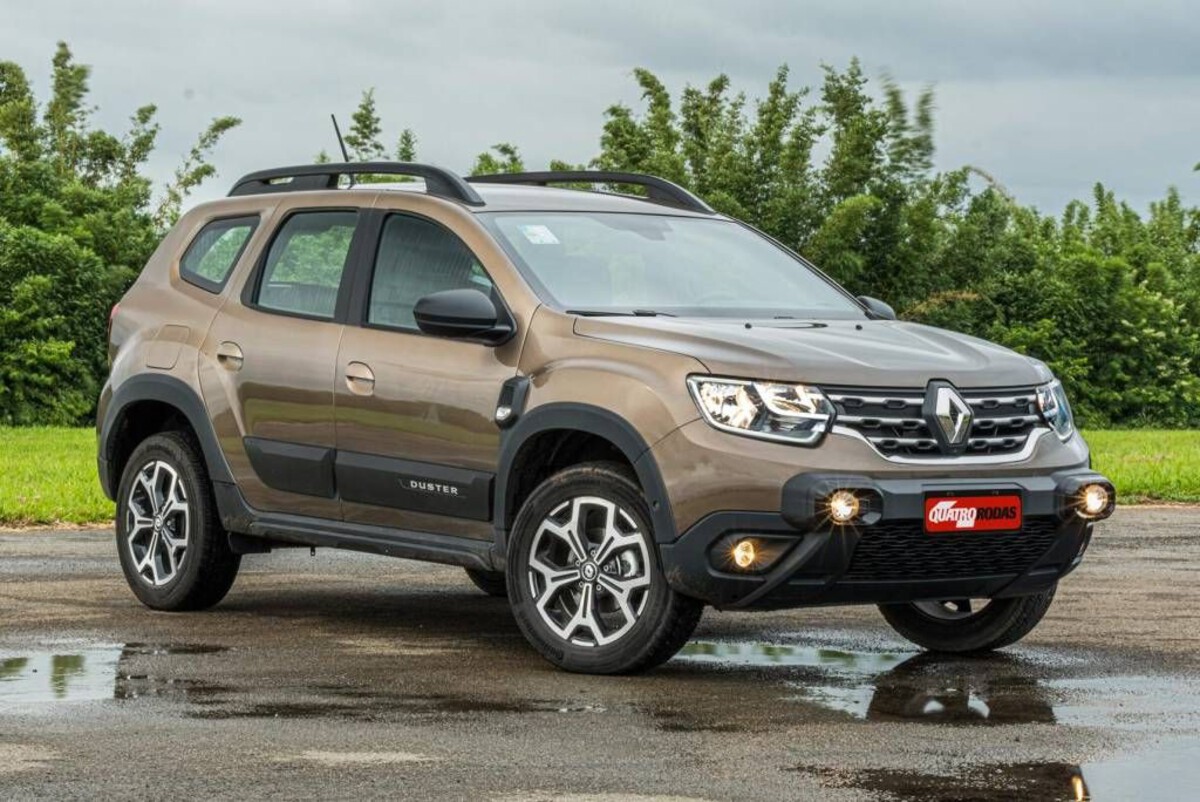
The engine options are also underwhelming by U.S. standards. They’re tuned more for fuel savings than power, which is fine on slower roads—but try passing someone on a U.S. freeway, and it starts to feel like you’re asking too much from it.
And then there’s the service issue. Renault doesn’t have a footprint here anymore. No dealerships. No easy access to parts. You’d be relying on gray market imports and indie mechanics willing to take on a car they’ve never seen before.
Nice idea, wrong continent.
4. Peugeot 208
The Peugeot 208 is a fantastic little hatch for tight urban roads. In Paris, it’s a solid choice. In Pittsburgh? Not so much. For starters, Peugeot doesn’t officially sell in the U.S., so you’re instantly stuck with a service and support nightmare if anything breaks.
Second, it’s not really built for long-distance comfort. The suspension is firm, the cabin is tight, and the engine is more about efficiency than power. That’s fine when you’re hopping around town, but a slog on 6-hour drives across states.
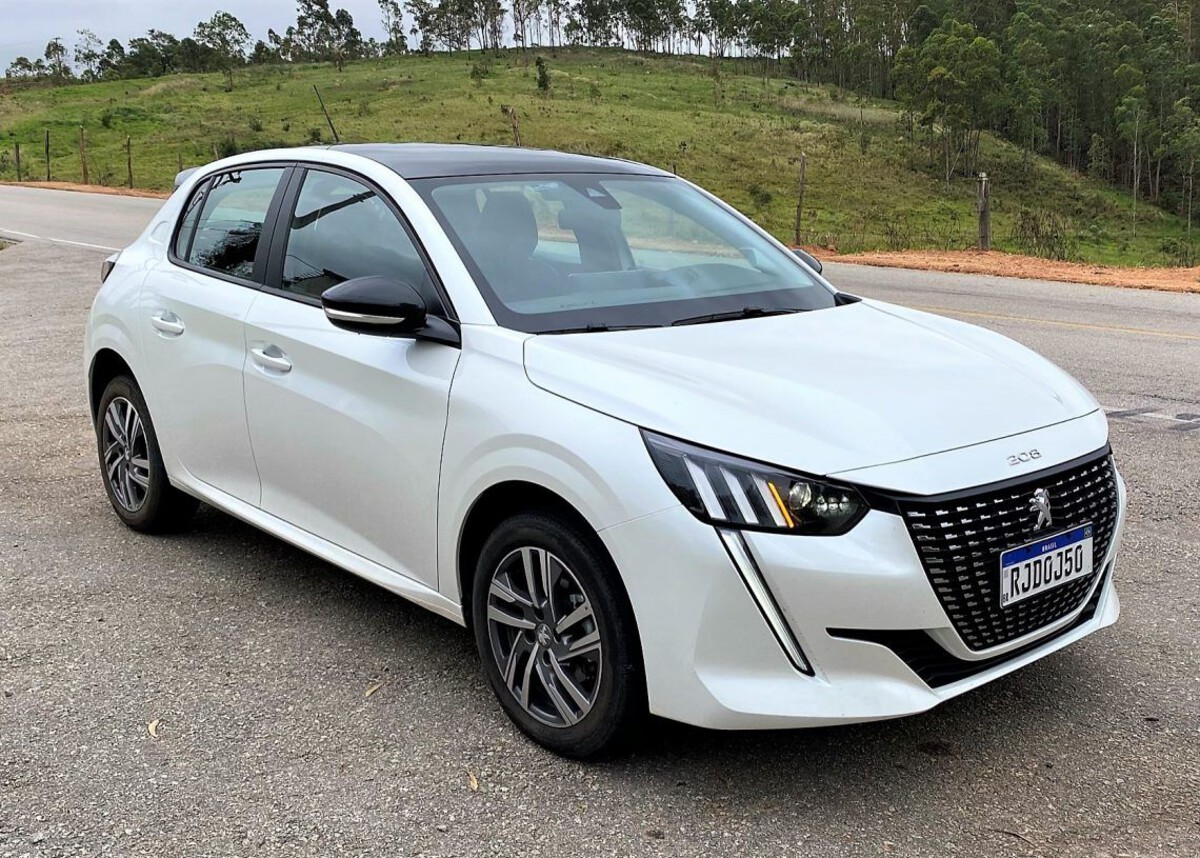
Also, crash safety standards in the U.S. are different. Euro NCAP ratings don’t always translate cleanly to U.S. crash tests, which can be a problem. If you’re spending a decent chunk of time on interstates surrounded by semis, that stuff matters.
There’s also the value factor. In the U.S., there are tons of other compacts (Civic, Corolla, Mazda3) that are roomier, better equipped, and easier to own. The 208 just doesn’t bring anything unique to the table to justify all the hassle of owning a Euro-only car here.
5. Mahindra Thar
The Mahindra Thar is a rugged little off-roader that turns heads in India, but in the U.S., it’d get laughed off the road—or worse, sued by Jeep for copyright infringement (again). It looks like a Wrangler knockoff and drives like something from 20 years ago.
On city roads, the ride is stiff and jittery. On highways? It’s loud, underpowered, and the handling feels downright sketchy at high speeds. And while it’s decent off-road, it’s nowhere near the refinement or capability of a real Jeep, Bronco, or 4Runner.
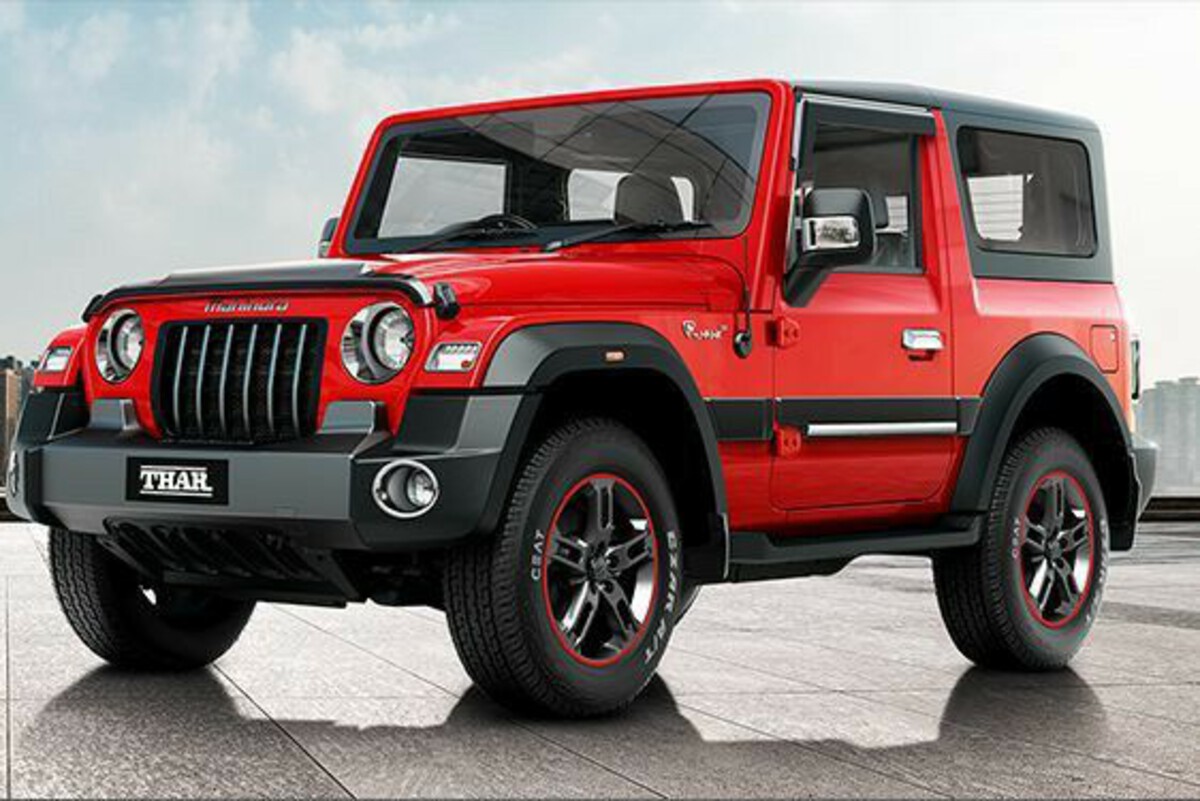
The interior is basic, like…bare-minimum basic. That might fly in other markets where cost-cutting is expected, but in the U.S., even budget SUVs come with screens, safety tech, and creature comforts. Plus, Mahindra doesn’t sell the Thar here, and importing one is more paperwork than most people can stomach.
It’s cool in theory, and if all you’re doing is driving short distances on dirt roads, sure. But for the way Americans use their vehicles? The Thar just isn’t up to it.
So, what’s the takeaway here? American roads aren’t forgiving. Between long distances, weird weather, rough pavement, and a culture that leans heavily on personal vehicles, the U.S. demands a lot from a car. That’s why the “right” car for one country might be wrong for another.
The best cars for U.S. roads are versatile, comfortable, and built with durability in mind. They’re big enough to feel safe, efficient enough not to destroy your wallet, and come with the kind of support network (dealerships, parts, service) that keeps them running for years. The Toyota Highlander, Ford F-150, Honda CR-V, Chevy Tahoe, and Subaru Outback hit those marks.
On the other hand, vehicles like the Fiat 500, Smart Fortwo, and Peugeot 208 were never designed with America in mind. They’re either too small, too flimsy, or just too unsupported to make sense here. And some, like the Mahindra Thar or Renault Duster, straight-up aren’t even built for this market—they’re great elsewhere but struggle when dropped into the American car ecosystem.
Bottom line: context matters. Not every car belongs on every road. And if you want to enjoy the ride, not just survive it, picking the right one makes all the difference.

